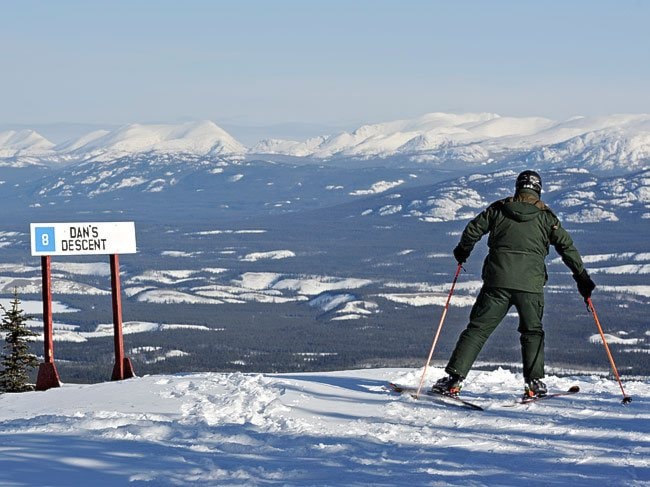EDITORIAL
The Great Northern Ski Society has repeatedly appeared before Whitehorse city council to plead for money. Each time, they swear it will be the last.
So let’s give the skiers some credit: at least they’ve now abandoned any pretense that they’re going to stop asking for handouts anytime soon. The ski society now wants an annual operating grant, which would start at $400,000 and slowly shrink over time.
Boosters of the ski hill have made all sorts of emotional appeals as to why city council should continue to prop up the operation. But there’s one thing the ski society hasn’t provided: a coherent explanation as to why their financial outlook has been drastically revised.
We’re now told by the society, on its website, that its survival without government support is a “long-term ... lofty goal.” Really? Since when?
Maybe the past goals of becoming self-sustaining were naive, pie-in-the-sky thinking, and the society now recognizes it. In other words: maybe their financial plans were seriously flawed. If that’s the case, should this same crew be trusted with future management of the ski hill?
The closest thing to an explanation offered by the society is it blaming the slow movement of government funds. As a consequence, Sima’s new summer adventure park opened a year late, in September of 2012, rather than September of 2011, according to the ski society.
But why did this one-year delay result in a $400,000 shortfall? It’s not self-evident, and we’re not told. And why are similar shortfalls expected into the foreseeable future?
The ski society says they realized they were in financial trouble back in the autumn. Yet this only became public knowledge this week. Why the delay?
The society asserts on its website that its board communicated “the implications of the revenue shortfall” to “various levels of government.” But this seems to be news to Whitehorse city councillors.
Last, the ski society’s president, Craig Hougen, declared that it would be a “bargain” if municipal taxes had to rise by one per cent to cover the ski hill. He shouldn’t be surprised if many taxpayers - and councillors - don’t share his enthusiasm.
We’d put our questions to Hougen directly, but shortly after he posted his defence to the society’s website he left on vacation. This is poor timing.
Hougen’s warnings that the hill will be shuttered this summer unless the funding request is granted also feels extortionary.
None of this is to say that Mt. Sima should be mothballed. The ski hill is a valuable community asset that makes Whitehorse attractive to newcomers, allows the city to host events like the Canada Winter Games and entertains the youthful crowd that uses its facilities. With $3 million recently invested in sprucing up the hill, it makes little sense to now shut it down.
But it’s one thing to assert that “Mt. Sima is not broken, it is operating efficiently,” as the ski society has done on its website. It’s another thing altogether to demonstrate that this is true, and they’re a long way from doing so.
Hougen should know as much, as a prominent businessman. If he approached a banker for a business loan with the same vagaries that he provided to council, does he think he would be approved? Certainly not.
How many skiers and bikers do they need to do business with to break even, and what is the shortfall between this and the current amount of business? What is their membership base? Their annual revenues? These are the sorts of questions any money-lender would want to know. The society hasn’t answered them.
Mt. Sima’s ski society likes to compare itself to Juneau’s Eaglecrest Ski Area, which receives an annual operating grant. Very well. Know what else Eaglecrest does? To start, they list the membership of their board of directors and their meeting times online - something that Sima does not.
Eaglecrest also offers online its strategic plan. Offering up that sort of basic information would be a smart first step to help bring a wary public on side.
